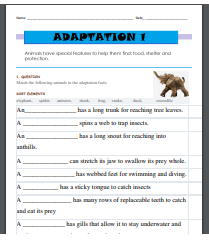Contents
All living things come from other living things. Some come into the world right out of their mothers’ bodies; others hatch from an egg. They look more and more like their parents as they grow.
Therefore, living things can grow, move, breathe, and reproduce. Anything that cannot grow, move, breathe and reproduce are called nonliving things.

Living things are also sensitive to the environment. They eat and produce waste. The waste is also called excretion. However, plants and trees are also living; because they need air, water, and nutrients to live.
Discussion question:
Why do you think we need to know if something is living or nonliving?
Living Thing Adapt
In the animal kingdom, the cocoa tree and the monkey are different.
Cocoa trees grow from a seed planted in the ground. Its roots gets water from the ground. A cocoa tree does not move around like the monkey. The monkey is born and can move around. It eats food that are grown from trees.
All living things adapt to their environment to survive. An organism adapts when it develops a behavour or structural (the organism form a physical characteristic or body part) that helps it survive. Adaptation is the result of evolution that occurs over a long period of time.
Animals have special features, or adaptations, to help them find: food, shelter and protection.
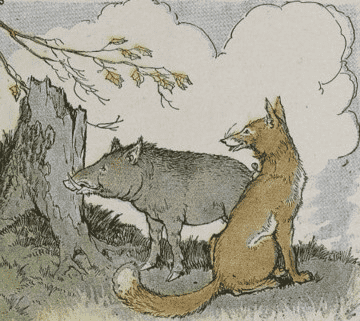

Plants have special features or adaptations, to help them survive.
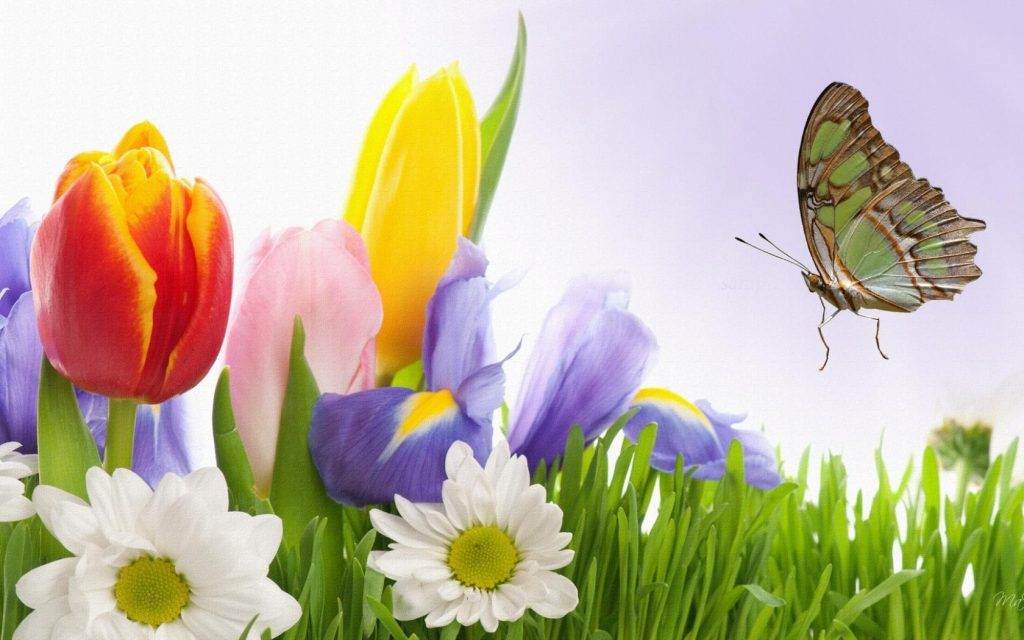
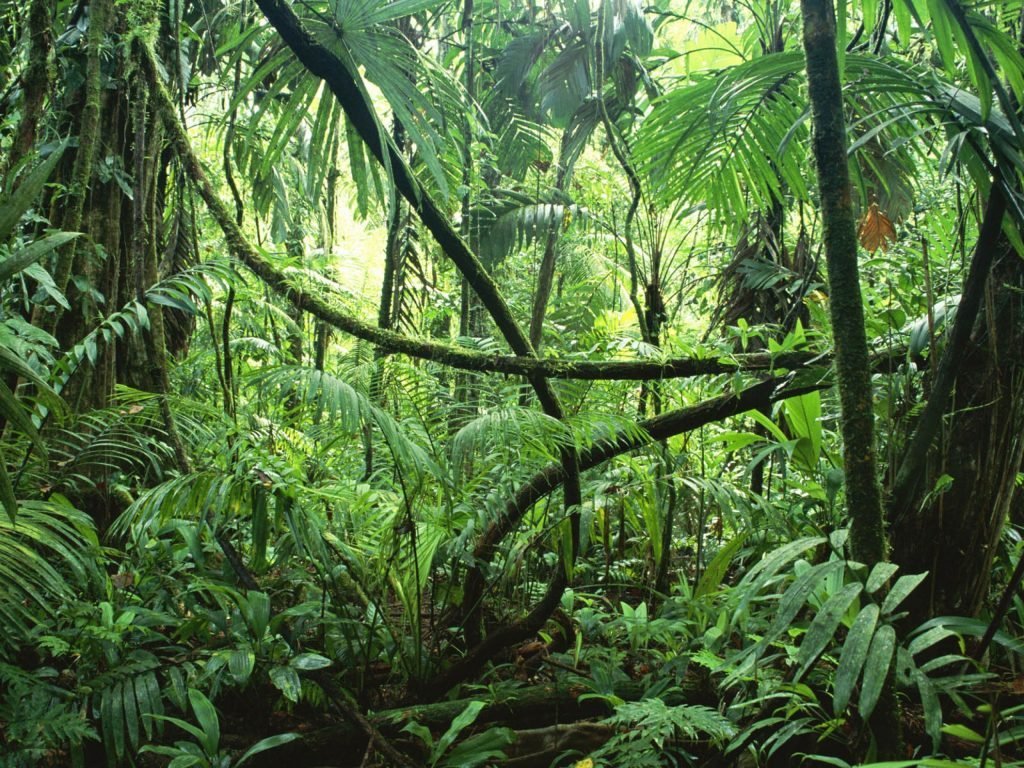


Plants and animals have a cellular structure, a DNA that is passed on from one generation to another. However, a particular DNA structure could change to help an animal adapt to the environment.

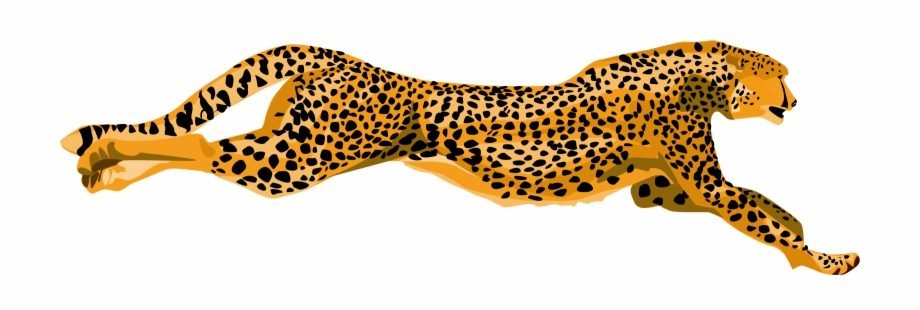
However, the cheetah has longer and leaner legs than other cats. They have special adaptations (respiratory system and circulatory system) that helps them run fast.

Adaptation also helps protect animals from predators or harsh climates.

Camels have: wide feet for walking on the sand; their eyelashes keep sand away from their eyes; large intestines; and a hump that breaks down to supply their body with needed energy. Camels are ruminants; and so they chew their cud and spit to keep threats away. Other animals like llamas, alpacas, and vicunas have similar adaptive traits. They belong to the group called ‘camelids‘.
Camouflage is another trait that helps animals adapt and survive in the environment. Camouflage helps animals hide from predators and prey species.

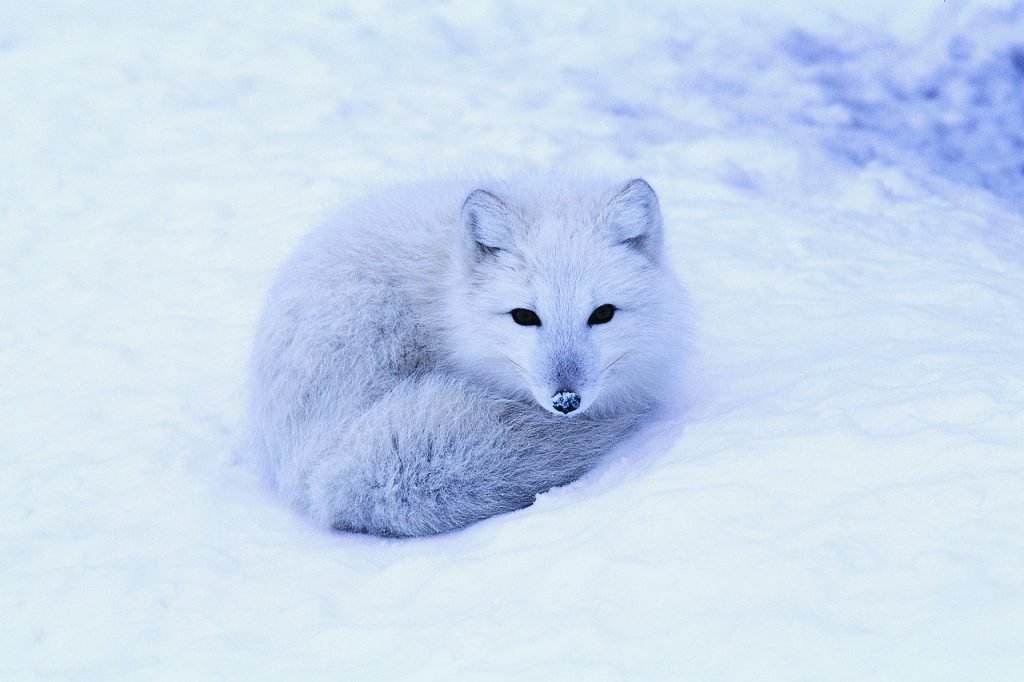
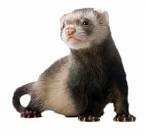

Plants also can adapt to certain environments. This is why some plants can only exist in certain environments.

The cactus plant can store water within its stems. The cactus is able to this by its fibrous roots which allows the plant to collect water from a large area.

Senses
Animals, as well as human beings, have five senses: sight, smell, taste, touch, and hear. Plants have senses too; they can sense the world around them.


Now some plants and animals blur their differences; making it difficult to distinguish if “it” is a plant or an animal.
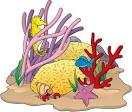
picture sources
Worksheets
Click on the links below to download the PDF worksheets.




